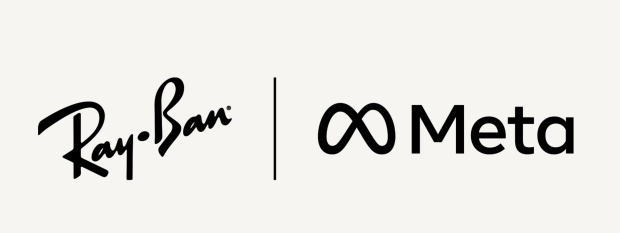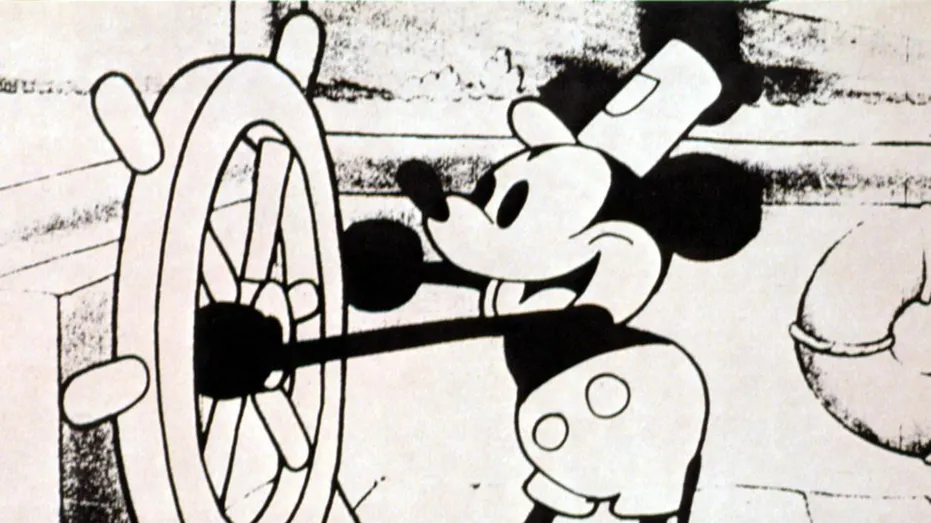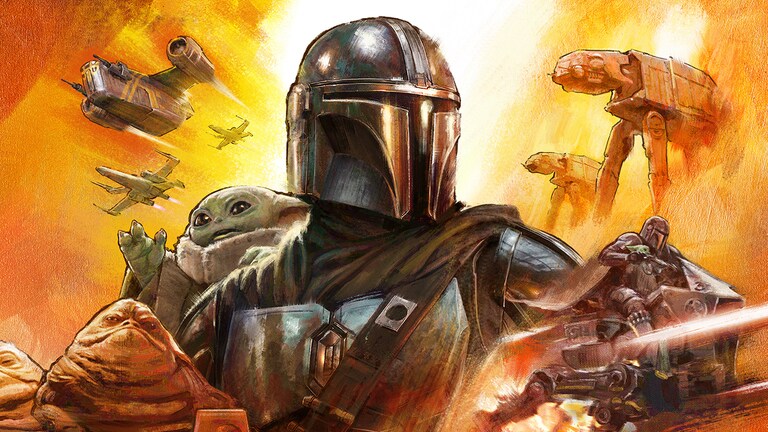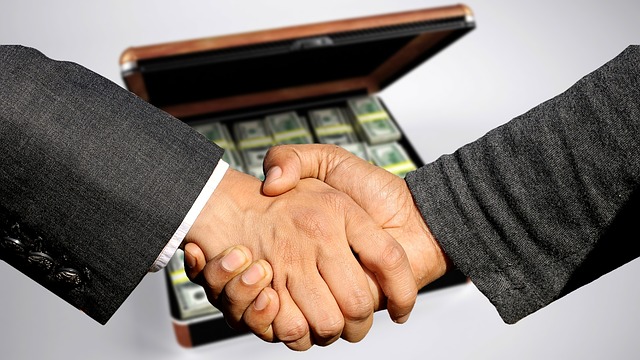Thanksgiving: How and Why It’s Still Celebrated Today
December 9, 2020
Thanksgiving. A bright holiday that celebrates when the Plymouth colonists shared an autumn harvest feast with the Wampanoag Indians, which is acknowledged today as one of the first Thanksgiving celebrations. Nowadays, when most people think of Thanksgiving, they think of the food, their families, and their blessings. Some people see Thanksgiving as a bridge between Halloween and Christmas, and some disregard Thanksgiving and turn their attention to Christmas. However, every holiday has some history to it, and Thanksgiving is no exception.
So why do we celebrate Thanksgiving?
As stated before, Thanksgiving is a celebration of the feast shared between Plymouth colonists (better known to most as Pilgrims) and the Wampanoag Native Americans (often referred to as Indians) in November of 1621. The colonists left in September of 1620, over a year before the feast occurred, aboard a small ship called the Mayflower, which carried a little over 100 passengers to this new land. After about 66 days of uncomfortable travel, they stopped near the tip of Cape Cod and crossed Massachusetts Bay a month later, where they began working to establish a village.
Their first winter in the new land was brutal. Most of the passengers stayed on the ship, where numerous diseases spread. By the time spring arrived, only half of the original passengers were still alive. In March of 1621, they moved ashore, where they met an Abenaki Native American who greeted them in English before introducing them to Squanto several days later. Squanto was a Pawtuxet tribe member who’d been kidnapped and sold into slavery before escaping to London and eventually returning to his hometown. From there, he taught the colonists, now commonly known as Pilgrims, how to grow and catch their own food as well as avoid dangerous plants. He also helped them ally with the Wampanoag tribe. This alliance lasted for over fifty years. The Thanksgiving feast, a simple harvest feast back then, was held in celebration of the Pilgrims’ first successful corn harvest.
From there, other Thanksgiving feasts occurred now and then, including another one with the Pilgrims after a drought ended. Presidents such as George Washington, John Adams, and James Madison designated days of thanks during their terms in office. It wasn’t until 1863, however, that Thanksgiving became a national holiday, thanks to the efforts of Sarah Josepha Hale, a prolific writer and noted magazine editor who spent 36 years requesting to make Thanksgiving a national holiday. In 1863, Abraham Lincoln scheduled the holiday to occur on the final Thursday of November, which has remained unchanged until 1939. At this time, Franklin D. Roosevelt moved the holiday up one week to spur retail sales during the Great Depression. Roosevelt’s plan was disapproved by many, and in 1941 he reluctantly signed a bill, making Thanksgiving every fourth Thursday.
How is Thanksgiving celebrated today?
Thanksgiving is often associated with feasts filled with foods such as turkey, mashed potatoes, stuffing, green beans, dinner rolls, cranberry sauce, and other foods that may vary from one family to another. Some people may enjoy the Thanksgiving Parade, filled with gigantic helium balloons, floats, and marching bands. Perhaps part of the holiday is preparing the food for the night’s meal. Or maybe you’re someone planning to get in early on Black Friday deals. Every family’s celebration is different, and how you choose to celebrate it is entirely up to you.
The next time you think of Thanksgiving, don’t view it as “the holiday in between Halloween and Christmas” or disregard the holiday in total. Thanksgiving has significance in our country and holds reason to celebrate, so hold off on the sleigh bells and the Christmas shopping a bit, and turn your attention to this November celebration filled with food, family, and thanks.












